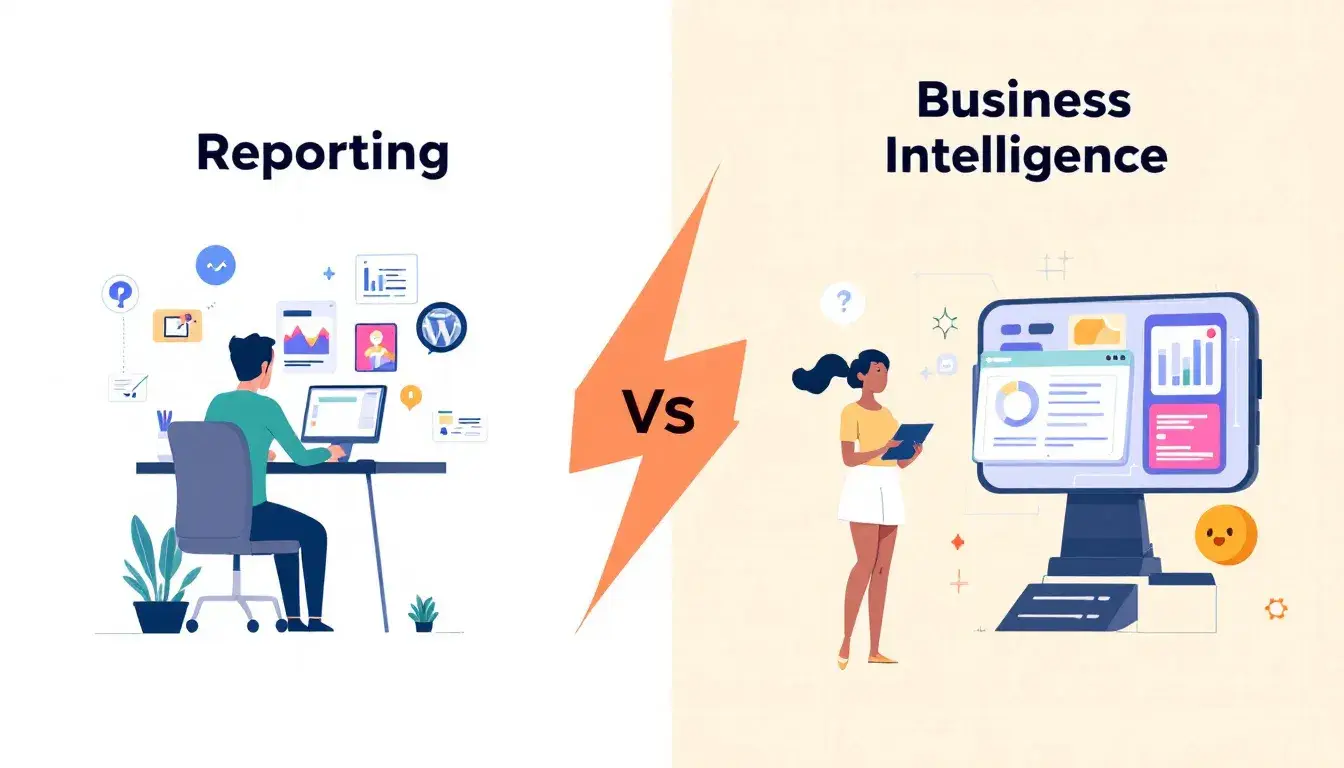
Navigating the purchasing process in business can seem like a daunting task, but it doesn’t have to be. This guide lays out each stage of the purchasing process, from initiation to completion, in clear, actionable steps. Discover how to streamline your business operations and make smarter, more cost-effective purchasing decisions. Expect practical advice on tackling common challenges and leveraging best practices to enhance the efficiency and impact of your business’s purchasing process.
Key Takeaways
- A streamlined purchasing process is essential for managing costs, compliance, and procurement activities from initial purchase requests to payment.
- Procurement teams play a strategic role in cost savings, supplier relationships, and workflows, using negotiation and strategic sourcing to enhance operations.
- Automation in purchasing improves efficiency, reduces cycle times, and strengthens supplier partnerships, while data analytics and legal considerations ensure informed decision-making and compliance.
Understanding the Purchasing Process
A solid purchasing process begins with identifying a need and ends with paying for the goods or services received. This process is not just about buying; it involves managing costs, ensuring compliance, and keeping the company running smoothly. A well-structured purchase process is essential.
In this guide, we will break down the modern purchasing process, highlighting the steps and roles that make a purchasing system exceptional.
The First Step: Purchase Requests
Every procurement journey begins with a crucial first step – the purchase request. An employee, recognizing a need within the organization, initiates action by formally documenting the request. Properly screened and accurate purchase requests prevent unnecessary spending and ensure alignment with budgetary constraints.
This initial step prompts the procurement team to spring into action.
Crafting a Solid Purchase Requisition
Once a purchase request is approved, it becomes a purchase requisition, a more detailed plan of the upcoming transaction. This document guides the next steps of the procurement process, helping procurement and finance teams with vendor selection, pricing, and negotiations.
A thorough and precise requisition is the starting point for a seamless journey from need to fulfillment.
From Requisition to Purchase Order
Transitioning from an approved requisition to a purchase order is like setting sail. The procurement team, now equipped with an authorized requisition, selects suppliers based on cost, quality, and delivery timelines.
The purchase order that emerges is a formal agreement for the supplier to deliver the promised goods or services. It’s a critical step where planning meets the reality of the marketplace.

The Strategic Role of Procurement Teams
Today, procurement teams are at the forefront of strategic decision-making. They are experts in negotiation, supplier management, and compliance, and they connect internal needs with external capabilities. These teams influence cost savings, supplier relationships, and overall business operations.
Their role extends beyond transactions, incorporating return on investment (ROI) analysis and promoting growth through strategic sourcing and vendor partnerships.
The Art of Negotiating Costs
Procurement managers balance their organization’s interests with maintaining healthy supplier relationships. This role requires a blend of diplomacy and strategy. They define terms, performance metrics, and negotiate contracts to ensure value for every dollar spent.
Selecting the right supplier involves more than comparing prices; it’s about creating partnerships where both parties benefit and thrive.
Achieving Approval Workflows
A procurement process without efficient approval workflows is like a river with multiple dams – progress is stifled, and operations are interrupted. Managerial approvers ensure that the right checks are in place, keeping the purchasing process smooth and efficient.
Timely approvals are crucial, preventing bottlenecks and ensuring necessary purchases proceed without delay.
Overcoming Common Hurdles in Purchasing
Despite careful planning, procurement often faces obstacles like human errors, extended research times, and communication breakdowns. These challenges can slow down the procurement cycle and affect overall business performance.
However, each hurdle presents an opportunity for improvement. Addressing them head-on is key to creating a resilient and dynamic purchasing system.
Minimizing Human Errors
Human errors in procurement can be costly. Common mistakes, like duplication in invoicing, waste resources. Best practices and automation can reduce these errors, enhance data security, and ensure accuracy at every step.
Ensuring Timely Invoice Processing
Timely invoice processing keeps the supply chain moving. Automated solutions reduce manual tasks, capture early payment discounts, protect against fraud, and streamline the payment process.
Automation ensures a secure and reliable financial record, which is essential for smooth audits and effective reviews.
Read more: Procurement Guide: Mastering Strategic Sourcing and Management
Best Practices for a Seamless Purchasing Process
Efficient procurement processes rely on best practices. From embracing technology to mastering strategic relationships and implementing meticulous controls, these practices ensure efficiency and effectiveness.
Embracing Procurement Software
Cloud procurement software gives modern purchasing departments an unparalleled view into the procurement landscape. These tools ensure accurate record-keeping and facilitate a seamless procure-to-pay process, enhancing productivity and reducing costs.
Equipped with detailed audit trails and real-time communication features, procurement software supports modern, efficient, and accountable purchasing practices.
Mastering Strategic Sourcing
The art of strategic sourcing involves:
- Selecting vendors that align with the organization’s needs.
- Ensuring operational efficiency and customer satisfaction.
- Leveraging analytics and insights to assess supplier risks.
- Making informed decisions that match the organization’s strategic goals.
Engaging stakeholders in a team-based sourcing approach can lead to:
- Improved contracts.
- A deeper understanding of internal priorities.
- A strategic sourcing framework that aligns with the business’s objectives.
Implementing Three-Way Matching
Three-way matching ensures that payments are authorized only when the purchase order, receipt, and invoice match. This process prevents financial discrepancies and unauthorized payments, safeguarding the organization’s financial integrity. The finance team, often working with procurement, carries out this vital step to maintain transparent transactions.
Streamlining the Process with Automation
Automation in procurement offers many efficiencies and enhancements. By automating the procurement process, organizations can reduce cycle times, improve communication, and manage data better, creating a more dynamic and responsive purchasing system.
Automation’s Impact on Procurement and Finance Teams
Automation benefits procurement and finance teams by providing real-time visibility into budgets and spending, reducing the risk of overspending. It streamlines the procurement process, from using purchasing cards to reducing PO-related costs, enhancing productivity and cost savings.
Automation allows these teams to focus on strategic tasks rather than administrative duties, driving productivity and cost-efficiency.
Enhancing Supplier Engagement
Clear, transparent communication is essential for strong supplier relationships, and automation in procurement facilitates this. Real-time interaction ensures that suppliers are valued partners in the business’s success. Automation fosters trust and long-term engagement through more collaborative relationships.
Navigating the Procurement Process Flow
Understanding the procurement process flow is like having a detailed map. Each step, from identifying a need to meticulous record-keeping, serves a distinct purpose, ensuring the procurement cycle is cohesive and strategic. This flow is critical for requesters, vendors, and procurement teams, dictating the rhythm and direction of the purchasing process.
Tailoring the Purchasing Strategy to Business Needs
A purchasing strategy must align with business needs to be effective. By understanding specific needs and setting SMART goals, procurement teams can ensure their strategies support the company’s objectives. This involves setting standardized policies, promoting clear communication, and assessing outcomes to keep the strategy targeted and effective.
Leveraging Data for Procurement Success
Data is essential for informed decision-making in procurement. Monitoring KPIs and using analytics helps procurement teams gauge the purchasing process’s effectiveness and refine strategies. Accurate data identifies cost-saving opportunities, enhances strategy development, and prevents unauthorized spending, contributing to procurement success.
The Intersection of Legal Considerations and Purchasing
The procurement process involves business strategy and legal compliance. Adhering to legal standards and documented procedures ensures ethical and compliant purchasing activities. These legal considerations underscore the importance of a well-established policy framework that guides every transaction and minimizes legal risks.
Argos Software Solutions for Optimizing Your Purchasing Process
At Argos Software, we understand the intricacies of the purchasing process and offer solutions designed to streamline operations and enhance efficiency. Our purchasing software, provides the following key features:
- Automatic Purchase Order Generation: Our software automates order placements, ensuring timely procurement and reducing manual errors.
- Product Receipt Management: Accurate tracking of product receipts maintains real-time inventory levels and financial accuracy.
- Real-time Inventory Cost Updates: Instant updates to inventory costs aid in financial planning and pricing strategies.
- Automated Invoice Posting: Seamless integration with Accounts Payable (AP) ensures timely and accurate vendor payments.
- Support for Purchase Backorders: Efficient management of backorders keeps your supply chain resilient.
- Comprehensive Reporting Capabilities: Gain insights into purchasing patterns and vendor performance with our robust reporting tools.
- Preferred Vendor Cross-Referencing: Automated vendor selection ensures procurement from trusted sources, enhancing quality and delivery.
Implementing Argos Software’s solutions can transform your purchasing process, making it more efficient, strategic, and aligned with your business goals. Discover how our innovative tools can help you achieve procurement excellence and drive your business forward.
Summary
Understanding the purchasing process is crucial for any business aiming to improve efficiency and cost-effectiveness. By following a well-structured process, leveraging automation, and implementing best practices, businesses can enhance their procurement activities, maintain compliance, and foster strong supplier relationships. Argos Software’s comprehensive solutions support these goals by streamlining procurement, enhancing supplier management, and providing robust analytics for informed decision-making.
Ready to transform your purchasing process? Discover how Argos Software can help you achieve procurement excellence and drive your business forward. Contact us today to learn more.
Frequently Asked Questions
What is the difference between a purchase request and a purchase requisition?
A purchase request is initiated by an employee to ask for goods or services. Once approved, it becomes a purchase requisition, which includes detailed information and is acted upon by the procurement team.
How does automation impact the procurement process?
Automation streamlines tasks, ensures accurate data management, and improves productivity, making the procurement process more efficient and effective.
What is strategic sourcing and why is it important?
Strategic sourcing helps organizations make data-driven decisions to achieve operational efficiency, cost savings, and competitive advantages by selecting vendors based on a comprehensive assessment of their capabilities.
What is three-way matching in procurement?
Three-way matching is a control process that ensures the accuracy of transactions by comparing the purchase order, goods receipt note, and vendor invoice before making payment. This helps prevent errors and unauthorized payments.
Why are legal considerations important in the purchasing process?
Legal considerations ensure compliance with regulations, prevent unauthorized spending, and protect the organization against legal risks. They help maintain ethical standards and accountability in the procurement process.






